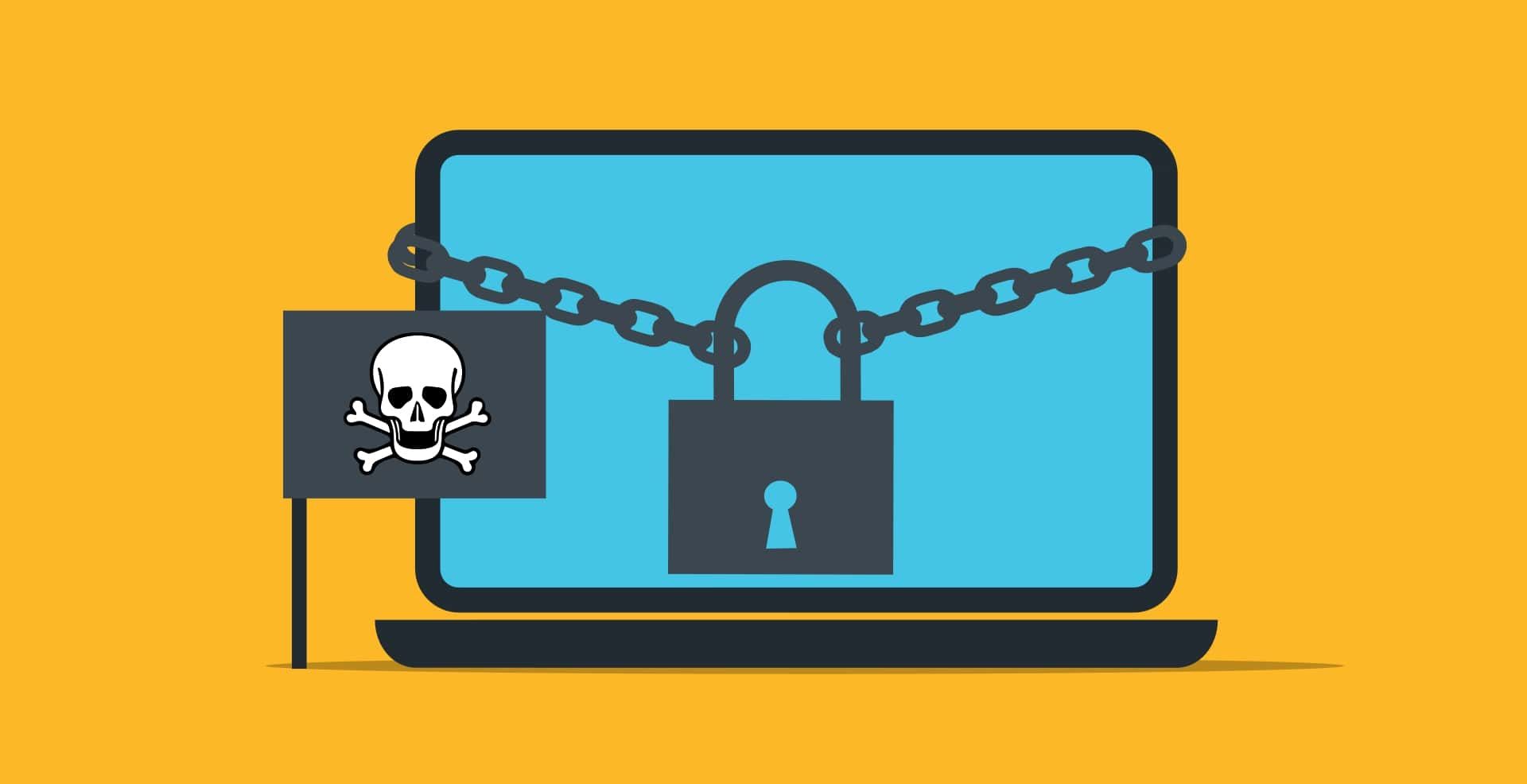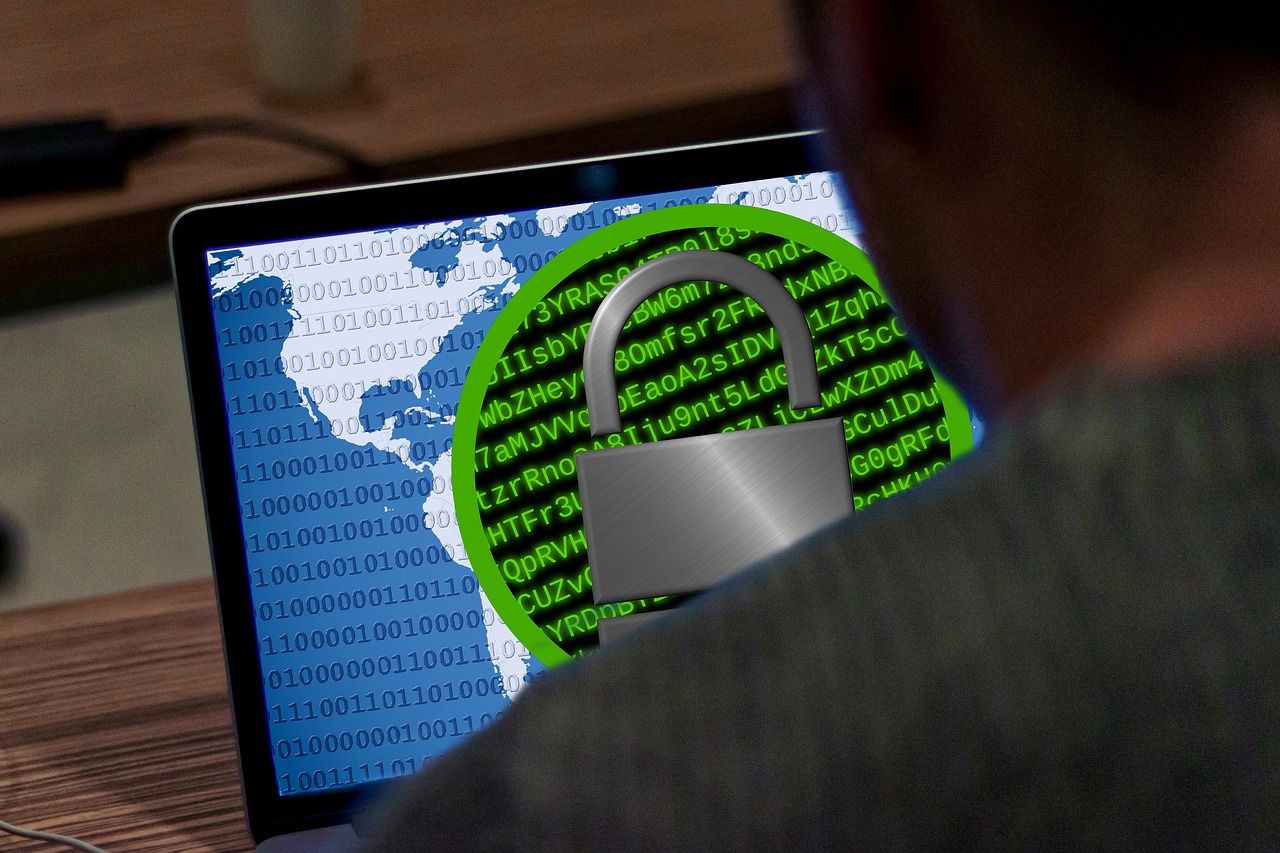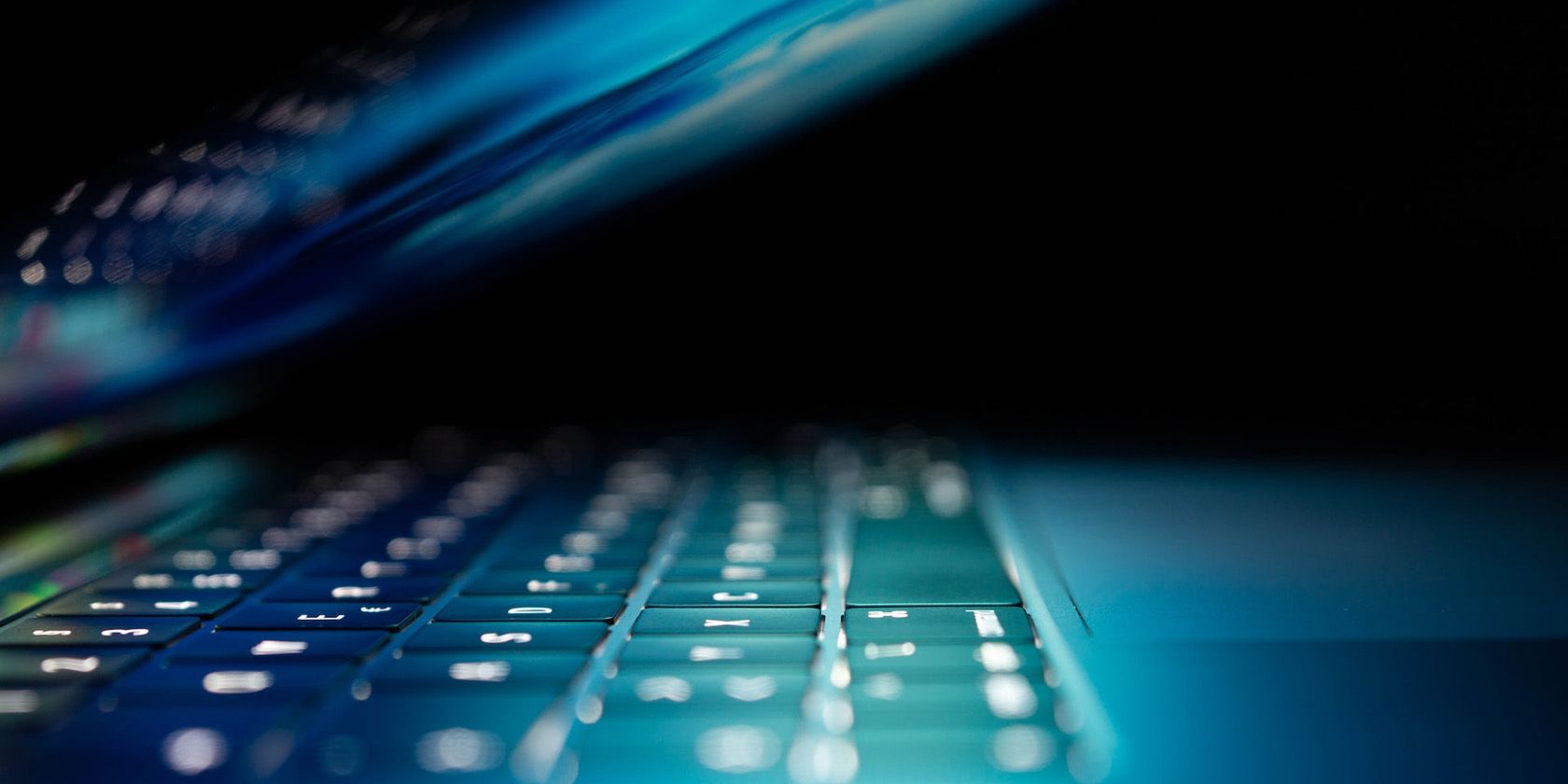Screen locker ransomware is a type of ransomware that takes over your screen and prevents you from using your device. This type of ransomware is on the rise and can be very difficult to remove without proper information about it.
So, what is Screen Locker ransomware? How does it work? And how can you protect yourself from it?
What Is a Screen Locker Ransomware?
Most of you will have heard about ransomware. It is one of the most dangerous types of malware, which can completely encrypt your data and demand ransom money to decrypt it. There are various types of ransomware, like Cryptolocker, Locky, and Petya. One such type is Screen Locker ransomware.
Screen Locker ransomware freezes your screen on startup and blocks you from accessing your computer. It displays a fake message or warning that claims to be from some law enforcement agency like the FBI or DHS.
The message also includes some made-up laws which you have supposedly broken and demands a fine in order to unlock your screen. In short, it is just a way to blackmail victims and earn money from them.
This type of ransomware targets on operating system level and bypasses all security measures. It can infect your computer through malicious email attachments, websites, or links.
How Does Screen Locker Ransomware Infect Your Device?
There are a few ways that Screen Locker ransomware can infect your device.
The most common is through email attachments. These attachments can be in the form of documents, images, or even links. Once you open the attachment, the malicious code will execute and lock your screen.
Another way through which Screen Locker can infect your device is fake updates. These can be for anything like an application installed on your device, a web browser, or even your entire Operating System (OS). When you download and install a fake update, the Screen Locker ransomware will actually be installed.
Screen Locker ransomware can also be spread through malicious websites. These sites can either contain exploit kits or drive-by downloads that can infect your device without you even knowing it.
How Does Screen Locker Ransomware Work?
Once your device is infected with Screen Locker ransomware, it will lock your screen, block your access to the system OS, and display a ransom demand. This will usually be in the form of a timer or an image.
The warning message generally states that you need to pay a certain amount of money to unlock your screen. Usually, the Screen Locking ransomware does not use encryption, but in some cases, the ransomware will also encrypt your files and demand a higher ransom.
How to Identify and Contain the Screen Locker Ransomware
As soon as you see the ransom message on your screen, you'll know your device is infected. But there are a few other things that you can look for to be sure.
First, check if you are able to access the Task Manager. If you can, it means the ransomware has not completely taken over your system.
Next, see if you can reboot your computer in Safe Mode. If you can, then it means that the ransomware has not infected the boot process of your computer.
Lastly, check if you have a recent backup of your data. If you do, then you can format your system and restore your data from the backup. Since most ransomware tends to spread and infect more devices, you must try to contain it. For that, you need to disconnect your computer from the network as soon as possible. This will prevent the ransomware from spreading to other devices connected to the same network.
If there are any external hard drives or USB drives connected to your computer, then disconnect them as well.
How to Remove Screen Locker Ransomware
If you are sure that your device is infected with Screen Locker ransomware, then you need to remove it as soon as possible. You can use an anti-malware or antivirus program if you can access it. These are designed to scan and remove any malicious software from your computer.
You can also use a bootable USB drive with an anti-malware program to remove the ransomware.
If you can access the Windows Safe Mode then removing the Screen Locking ransomware becomes easy.
To remove the Screen Locker from your Windows device, reboot your system in Safe Mode. In Safe Mode, only the essential Windows apps and services will run. This will help you trace the culprit malware and remove it entirely from the device.
In Safe Mode, if you can't find and remove the malicious application, you can restore the system to a previous state when there was no infection. Windows automatically creates the system restore points if you allow it to. So using the system restore points, you can switch back your system to a clean state.
How to Prevent a Screen Locker Ransomware Infection
Prevention is better than cure, but when it comes to ransomware attacks, prevention is probably the only true cure. Once your system is infected with ransomware, it becomes incredibly difficult to reverse its effects. In most cases, users either have to surrender to the ransom demands or forget about the encrypted files.
Although Screen Locker ransomware doesn't usually encrypt your files, it can still cause you severe troubles by blocking your access to the system OS. Here are a few preventive measures you can take to secure your data from Screen Locker ransomware.
Back Up Your Data
The best way to prevent any ransomware attack is by having a good backup system in place. This will ensure that even if your system gets infected, you can still restore your data from the backup. You must back up your data regularly to an external hard drive or a cloud service, then remove that backup from your network so it cannot become infected at the same time as your device in such a situation. This will help you in restoring your data if your system is ever infected with ransomware.
Keep Your Software Up-to-Date
You must keep your operating system and all the software up-to-date. Updates usually contain the security patches which help in fixing the vulnerabilities in the system. By keeping your system updated, you can prevent many ransomware attacks.
Use a Good Security Program
You must use a good security program to protect your system from any malware attack. Having a robust security program will ensure that the ransomware infection is prevented even before attacking your system.
You must also keep the security program up-to-date to get the latest security patches.
Don't Download Suspicious Files
Always be careful while downloading files from the internet. You should only download files from trusted sources. Also, remember to scan all the downloaded files with a good security solution before opening them.
Be Careful While Opening Emails and Attachments
Be careful while opening emails and attachments. Ransomware usually spreads through email attachments. Don't open any email attachments from an unknown sender. Before opening an attachment, make sure you scan it properly with a robust security program.
Avoid Clicking on Suspicious Links
Don't click on any suspicious links you receive in emails or any other online platforms. These links can redirect you to malicious websites which can infect your system with ransomware. It is always better to be safe than sorry.
Avoid Using Pirated Software
You should avoid using pirated software, including games, as they usually contain malicious code which can infect your system with ransomware. Use only genuine and licensed software.
Keep the Firewall Turned On
Keep your firewall turned on as it will help in preventing any unauthorized access to your system. It will also block the ransomware from spreading to your other connected networks.
Should You Be Worried About Screen Locker Ransomware?
Although Screen Locker Ransomware is not that common and is less dangerous than other ransomware types (at least in the case of malware that doesn't encrypt all your data), you should still be careful.
If it infiltrates your system, you won't be able to access your computer. In case you are a victim of this ransomware, there are ways to remove it and get back your data. But it is always better to take preventive measures to avoid any ransomware attack.



.jpg)
